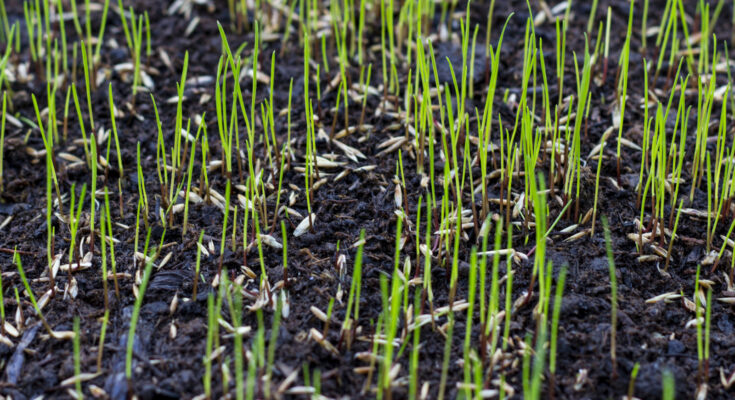When To Plant Grass Seed For A Lush Lawn: Should You Do It Before Or After Rain?
Keeping an eye on your local forecast and working around the rain is a great trick for growing grass from seed. Once you’ve chosen the grass seeds, getting that perfect timing down could make the difference between a patchy struggle and a lush lawn. Although post-rain planting has some benefits, the absolute best chance for success is to seed before a light rain. This timing gives seeds a chance to settle into the soil, while the incoming moisture starts the germination without the fear of them being washed away. If you have a heavy downpour right after seeding, there is a strong chance those seeds will get displaced, creating uneven growth or larger patches near drainage areas. On the other end of the spectrum, planting during a drought requires constant manual watering, since seeds need consistent moisture to germinate.
Soil preparation matters just as much as the timing does. Once you know that rain is on its way, take some time to rake the area you plan on seeding first. This will help the seeds reach the soil better, helping them germinate and lowering the possibility of rainwater carrying them away. Early morning planting also helps seeds retain water, as there is often more dew present in the air.
Working with the weather for a better lawn
If you just couldn’t predict the perfect pre-rain timing, post-rain seeding also has its advantages. Damp soil is easier to work with and will help seeds adhere to the ground. The moisture also encourages germination. That said, be sure to wait until puddles disappear and the surface is moist but not muddy. Waterlogged soil can quickly cause root rot in your new grass, since the excess moisture lowers the oxygen level.
If rain just isn’t in the forecast any time soon, make sure to water the newly seeded areas yourself. Using a fine-mist setting will help mimic rain and avoid displacing your new seeds. If, on the other hand, an unexpected rain hits right a day or two after you’ve seeded your lawn, wait till it’s over and check for any displacement, then reseed the affected areas. With so many different lawn seeding techniques for your yard out there, working with the rain and harnessing nature’s irrigation is a great way to give your newly seeded lawn a strong head start.



